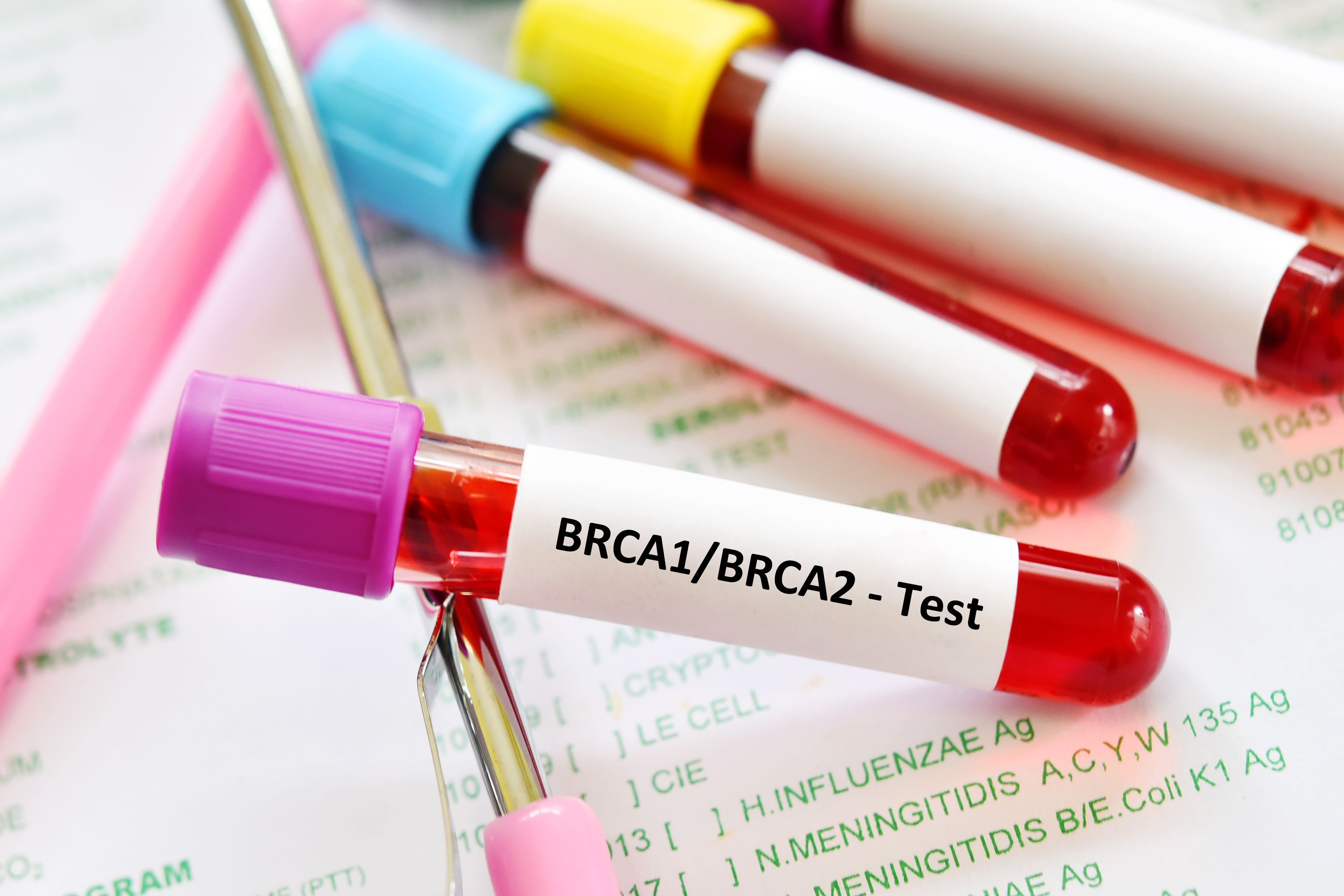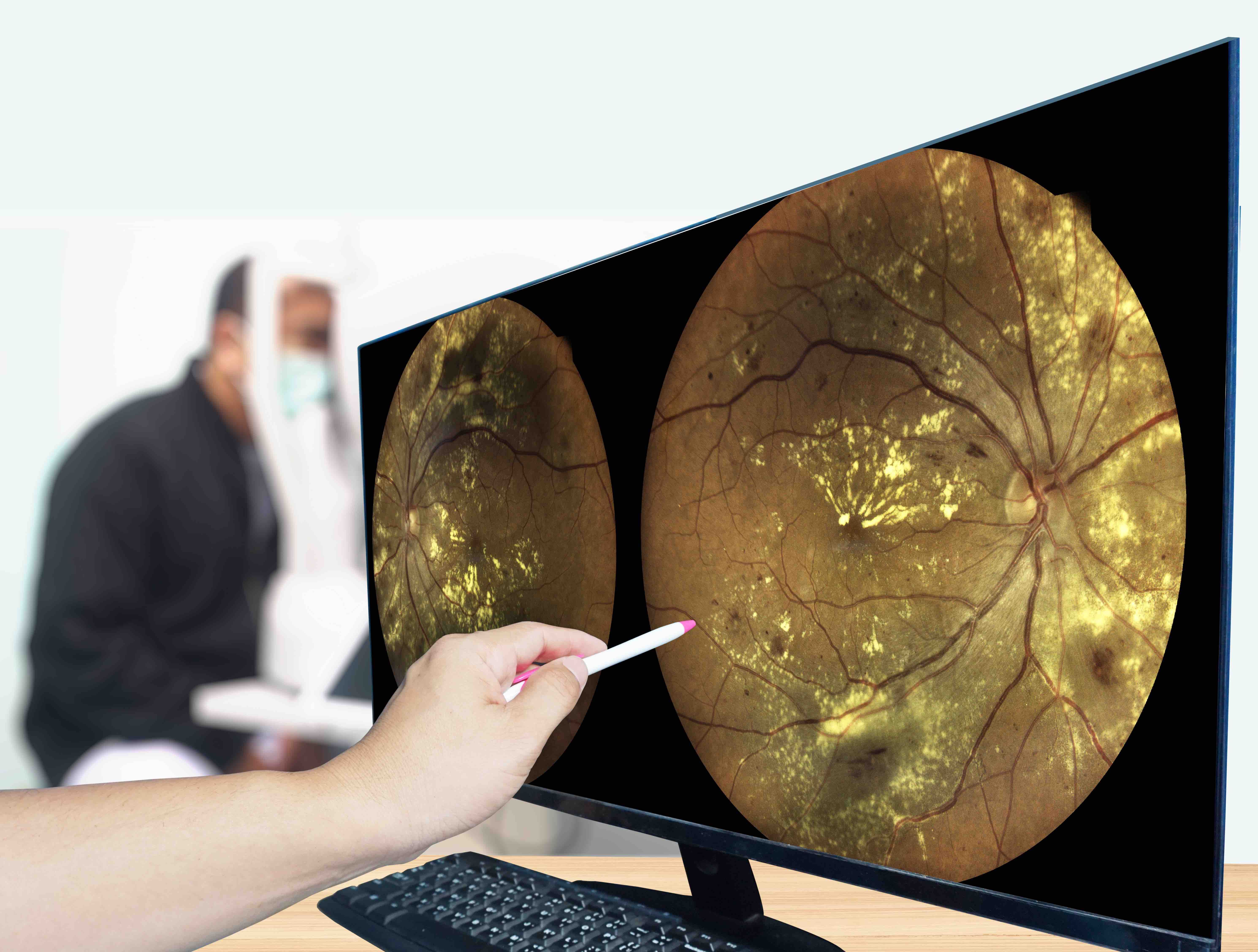Article
Bone Marrow Environment in Patients With RA May Promote Inflammation
Author(s):
Though rheumatoid arthritis (RA) often leads to destruction of joints, the bone marrow environment appears to be an important site for the pathological processes of RA. A new study investigating interleukin-17 (IL-17) in bone marrow explored the role that this cytokine plays in inflammation and the process of bone destruction.
Though rheumatoid arthritis (RA) often leads to destruction of joints, the bone marrow environment appears to be an important site for the pathological processes of RA. A new study, published in Arthritis Research & Therapy, investigating interleukin-17 (IL-17) in bone marrow, explored the role that this cytokine plays in inflammation and the process of bone destruction.
The researchers in the study took samples of bone marrow from patients with RA (n = 67) and patients with osteoarthritis (OA) (n = 43) during total hip replacement surgery, and analyzed the concentrations of IL-17AA, IL-17AF, and IL-17FF in the bone marrow plasma and peripheral blood plasma of both groups of patients.
Immunohistopathological examinations showed the presence of IL-17A—positive cells in bone marrow samples from both patients with RA and with OA, but in patients with RA, there were significantly higher concentrations of IL-17AF (126.6 pg per ml, n = 28) compared with patients with OA (92.96 pg per ml, n = 32). These findings, the authors write, indicate enhanced secretion of IL-17AF in the bone marrow of patients with RA.
Furthermore, IL-17FF concentrations in bone marrow plasma was also increased when compared with blood plasma in both groups of patients, suggesting that bone marrow represents a source of both IL-17AF and IL-17FF, and that overproduction of IL-17AF may be a characteristic of bone marrow in patients with RA.
Additionally, the researchers identified an increased concentration of tumor necrosis factor alpha (TNF-a) in the bone marrow of patients with RA versus patients with OA (966.7 pg per ml versus 435.5 pg per ml, P < .05). IL-17 is known to interact with TNF-a synergistically to increase the production of the proinflammatory cytokines IL-6 and IL-8.
Finally, the researchers investigated the impact of IL-15 stimulation on IL-17 production, and in both groups, they noted a statistically significant increase in IL-17A after stimulation with IL-15, though the effect was more profound on bone marrow derived from patients with RA. While IL-15 stimulation did not increase the percentage of IL-17A-producing cells in the culture, both groups of patients had increased intracellular production of IL-17A following IL-15 stimulation.
The researchers concluded that the bone marrow environment in patients with RA can promote the development of Th17 cell responses as well as the overproduction of IL-17AF, which may lead to increased inflammation and tissue destruction in patients with RA.





